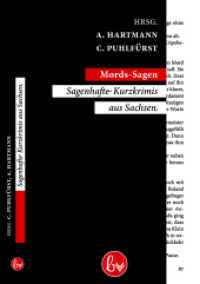Description
(Text)
This study examines the economic development of the machine-building industry in the Habsburg Empire and its role in the process of industrialization. The new evidence from the capital goods sector, the timing and extent of changes in machinery output and investment, strongly supports the notion of a Great Depression in Austria from 1873 to the mid-1890s and the direction of capital flows as a causal factor. However, with significantly faster than average long-run rates of expansion, the machine-building industry made a direct contribution to industrial growth in both Austria and Hungary. The rise in labour and total factor productivity in mechanical engineering was reflected in falling output prices, thus enhancing productivity growth in the machinery using industries. In both parts of the Habsburg Empire, most of the labour productivity raising machinery was procured from domestic suppliers where output per worker grew markedly faster than in the aggregate economy.
(Table of content)
Contents: Phases of expansion and contraction - Capital flows, machinery investment and the Great Depression - The rise in labour and total factor productivity - The structure of the industry - Finance and investment - Foreign competition and effective protection - The machine-building industry's contribution to aggregate economic growth.
(Review)
"This is a splendid macro-economic history of an important industry, based upon a huge database." (Robin Pearson, Business History)
"...Schulze's book provides us with valuable insights into the structure and the development of a key sector in Austria-Hungary's industrialization and is thus a welcome contribution to the research on a decisive period of Austrian economic history." (Michael Pammer, Austria History Yearbook)
(Author portrait)
The Author: Max-Stephan Schulze is Lecturer in Economic History at the London School of Economics. He was educated at the LSE and the universities of Freiburg and Munich.








